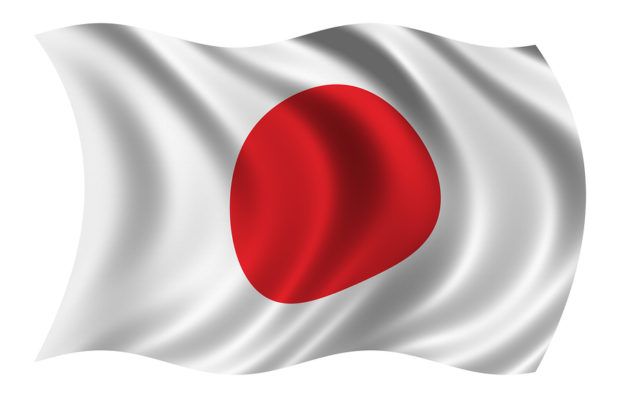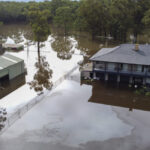Japanese companies have contingency plans for the floods that increasingly drench this island nation, but most have done little to fortify facilities, relying instead on insurance and securing alternative supply sources, a Reuters poll found.
Japanese have long been conditioned to prepare for earthquakes, but powerful typhoons and heavy rains have brought the risk of flooding to the forefront, as climate change brings ever more frequent bouts of extreme weather.
The monthly Corporate Survey found 77% of Japanese firms have compiled business continuity plans for disasters, but just 45% of companies have taken steps to protect their facilities from inundation. Some 80% have bought insurance and three-fourth diversified their supply chains, the survey showed.
“We need to reconsider (risk scenarios) on the assumption that abnormal weather is here to stay,” a manager of a transport equipment maker responded in the survey. A manager at a metal-products maker wrote, “It’s physically impossible to deal with all expectations.”
Japan has increasingly been lashed by floods described as the worst in decades, and last year likely saw the fifth straight year of growing flood damage.
Policymakers worry about a delay in recovery from supply- chain disruptions caused by typhoons and floods, which will take a heavy toll on the export-reliant economy already grappling with global slowdown.
Typhoon Jebi, the strongest in 25 years, killed at least 13 people in western Japan in 2018 and inundated the region’s major airport. Last year, Typhoon Hagibis ripped across a wide swath of central and eastern Japan, including Tokyo, killing at least 56, injuring more than 200 and leaving towns, factories and farms under water.
Damages
The direct damage from floods last year is expected to exceed that of 2018, when it reached $12 billion, a government official told Reuters. That puts 2019 on track for the most direct flood damage since 2004, when it hit $17.3 billion.
The capital escaped the worst of the death and damage. But if a storm were to overwhelm the massive dikes and levees protecting the Arakawa river that runs through low-lying eastern Tokyo, the economic damage could exceed $800 billion, warns Yoshiaki Kawata, a Kansai University professor.
“We want the administration to explain the cause of the flood and the measures to be taken in the future,” said Haruaki Amari, whose small factory making parts for semiconductor production machinery in Kawasaki, southwest of Tokyo, was crippled by last year’s powerful typhoon and floods.
“Without such efforts, any new equipment we may install here will go to waste,” Amari told Reuters, surveying the damage.
Water surged over the nearby river banks, inundating eight of its 10 machine tools on the factory’s ground floor. It scaled back production as it waited to have the machines fixed. It cost Amari’s firm $1.36 million, about a year’s sales, he said.
The Corporate Survey, conducted from Dec. 25 to Jan. 10 for Reuters by Nikkei Research, canvassed 502 big and midsize non-financial companies. Roughly half of them answered questions on disasters on condition of anonymity to express opinions freely.
Japan Inc relies on an intricate network of suppliers, many of them tiny, family-owned companies, that keep the titans humming.
Mazda Motor Corp suffered a loss of about $250 million when its subcontractors were struck by heavy rains in July 2018, forcing the automaker to suspend production of 44,000 cars.
In contrast, Subaru Corp halted production of about 10,000 cars in October’s typhoon but was able to resume output in four-and-a-half days thanks to thorough supply-chain and risk management.
Prime Minister Shinzo Abe’s ruling party has called for a new ministry tasked with overseeing disaster prevention and recovery, while his cabinet has budgeted 7 trillion yen ($63.7 billion) for three-year infrastructure projects to boost national resilience. ($1 = 109.9600 yen) (Additional reporting by Daniel Leussink; Editing by Jacqueline Wong)





















 Why the Middle Market Matters and How Insurers Can Capture It
Why the Middle Market Matters and How Insurers Can Capture It  Berkshire Hathaway Enters Post-Buffett Era as Share Prices Fall
Berkshire Hathaway Enters Post-Buffett Era as Share Prices Fall  Nearly Half of 100 Largest P/C Insurers Destroy Value: ACORD
Nearly Half of 100 Largest P/C Insurers Destroy Value: ACORD  California Workers Comp Combined Ratio for 2024 Highest in 20-Plus Years
California Workers Comp Combined Ratio for 2024 Highest in 20-Plus Years 







